Aluminum
Brass
Copper
Bronze
Plastics
Steel
MATERIALS
Common materials used for CNC machining
The choice of material plays a crucial role in CNC machining. Different materials offer different properties and characteristics. Some common materials used in CNC machining include metals such as aluminum, copper, steel or brass, as well as plastics like acrylic, polycarbonate and nylon. Each material has its own unique properties that make it suitable for specific applications.
Plastic Material: A wide variety of plastic materials work with CNC machines, such as acrylic, polycarbonate, and nylon, among others. By using plastic material, manufacturers can produce high-quality components for various industries such as automotive, electronics, and medical devices. Plastic materials allows for intricate designs and complex shapes to be created efficiently, making it a cost-effective option for producing parts and prototypes.
Metals: Industries such as automotive, aerospace, and manufacturing rely on metal materials for their tensile strength and reliability. Whether it is for prototyping, mass production, or custom designs, metal materials offer a wide range of possibilities for creating high-quality products.
These are just a few examples of the machining opportunities for different materials. The specific machining processes and techniques used will depend on factors such as the desired part geometry, material properties, manufacturing tolerances, and the equipment and tools available.

Aluminum
- Milling: Aluminum is widely used in milling operations due to its lightweight and excellent machinability. It can be milled to create complex shapes, profiles, and pockets.
- Turning: Aluminum can be efficiently turned on a lathe to produce cylindrical or tapered components.
- Drilling: Aluminum can be drilled to create holes of different sizes and depths.
- Tapping: Threads can be created in aluminum through tapping operations, allowing for the assembly of threaded fasteners.
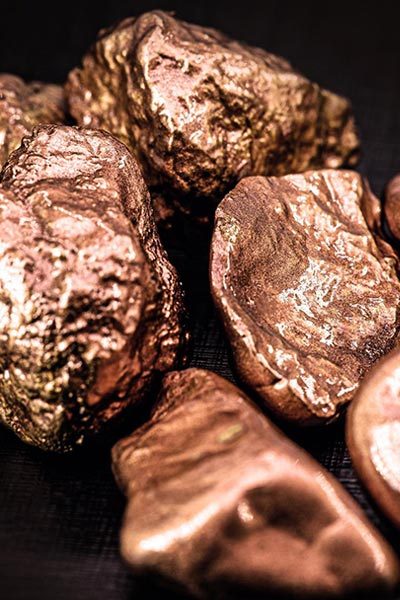
Brass, Bronze, Copper
- Turning: Brass, bronze, and copper can be turned on a lathe to produce various components, including fittings, bushings, and connectors.
- Milling: These materials can be milled to create precise features, such as grooves, slots, and intricate designs.
- Engraving: Brass, bronze, and copper are often engraved for decorative or identification purposes.
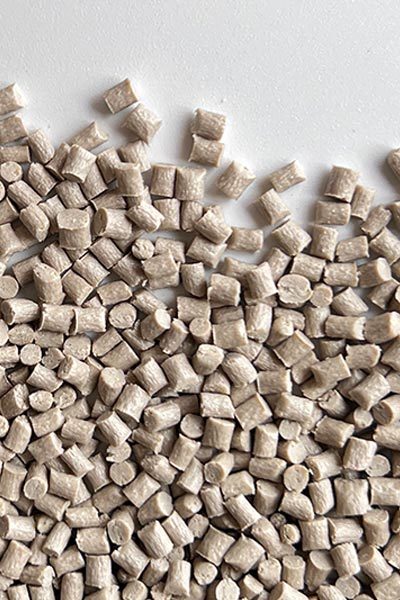
Peek Plastics
- Milling: Peek plastics, also known as polyetheretherketone (PEEK), can be milled to produce high-precision components. PEEK has excellent mechanical properties and is often used in demanding applications, such as aerospace and medical industries.
- Turning: PEEK can be turned on a lathe to create cylindrical or tapered parts.
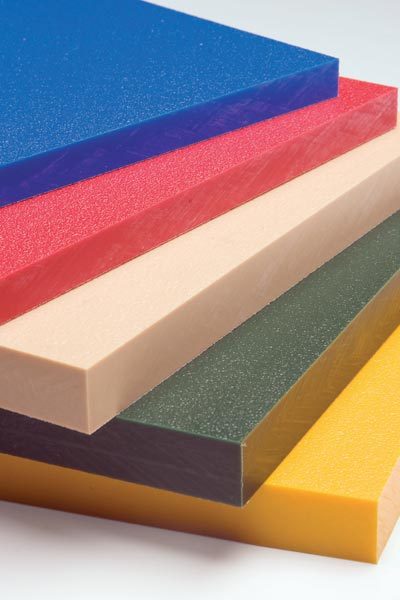
Plastic
- CNC milling: Plastic materials like acrylic, polycarbonate, and nylon can be milled to create various shapes, prototypes, and parts for industries such as automotive, electronics, and consumer goods.
- CNC routing: Plastics can be routed to cut out shapes, create pockets, or engrave designs
- UL-94V-0, widely used in the Telecommunication industry (UL-94V-0 Burning stops within 10 seconds on a vertical part allowing for drops of plastic that are not inflames).
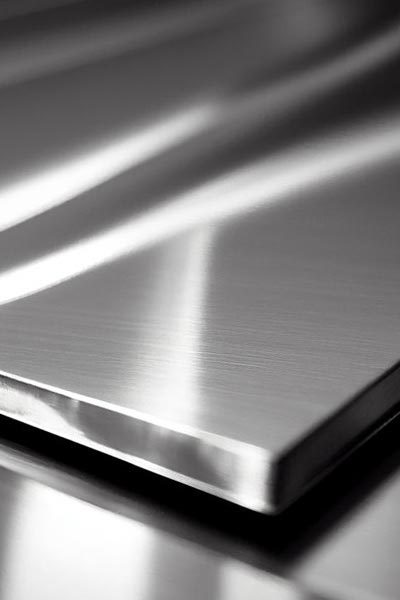
Stainless Steel
- Turning: Stainless steel can be turned on a lathe to create shafts, fittings, and other cylindrical components.
- Milling: Stainless steel can be milled, although it is a tougher material to machine compared to aluminum. It is commonly used in industries such as aerospace, automotive, and medical.
- Drilling: Stainless steel can be drilled, but it requires appropriate cutting tools and lubrication due to its hardness.
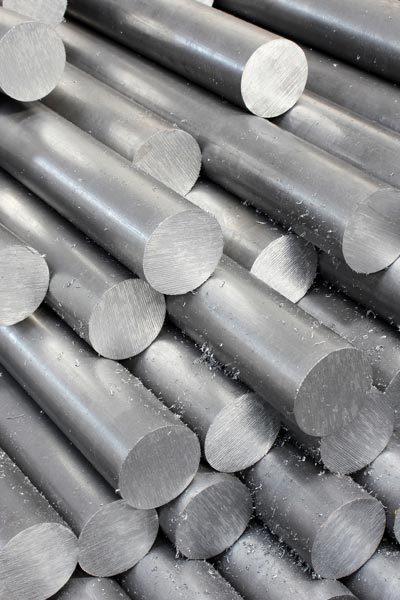
Steel
- Milling: Steel can be milled to create a wide range of components, from simple shapes to complex parts.
- Turning: Steel can be turned on a lathe to produce shafts, pins, and other cylindrical parts.
- Drilling: Steel can be drilled to create holes for various applications.
MATERIALS
Common materials used for CNC machining
The choice of material plays a crucial role in CNC machining. Different materials offer different properties and characteristics. Some common materials used in CNC machining include metals such as aluminum, copper, steel or brass, as well as plastics like acrylic, polycarbonate and nylon. Each material has its own unique properties that make it suitable for specific applications.
Plastic Material: A wide variety of plastic materials work with CNC machines, such as acrylic, polycarbonate, and nylon, among others. By using plastic material, manufacturers can produce high-quality components for various industries such as automotive, electronics, and medical devices. Plastic materials allows for intricate designs and complex shapes to be created efficiently, making it a cost-effective option for producing parts and prototypes.
Metals: Industries such as automotive, aerospace, and manufacturing rely on metal materials for their tensile strength and reliability. Whether it is for prototyping, mass production, or custom designs, metal materials offer a wide range of possibilities for creating high-quality products.
These are just a few examples of the machining opportunities for different materials. The specific machining processes and techniques used will depend on factors such as the desired part geometry, material properties, manufacturing tolerances, and the equipment and tools available.

Aluminum
- Milling: Aluminum is widely used in milling operations due to its lightweight and excellent machinability. It can be milled to create complex shapes, profiles, and pockets.
- Turning: Aluminum can be efficiently turned on a lathe to produce cylindrical or tapered components.
- Drilling: Aluminum can be drilled to create holes of different sizes and depths.
- Tapping: Threads can be created in aluminum through tapping operations, allowing for the assembly of threaded fasteners.

Brass, Bronze, Copper
- Turning: Brass, bronze, and copper can be turned on a lathe to produce various components, including fittings, bushings, and connectors.
- Milling: These materials can be milled to create precise features, such as grooves, slots, and intricate designs.
- Engraving: Brass, bronze, and copper are often engraved for decorative or identification purposes.

Peek Plastics
- Milling: Peek plastics, also known as polyetheretherketone (PEEK), can be milled to produce high-precision components. PEEK has excellent mechanical properties and is often used in demanding applications, such as aerospace and medical industries.
- Turning: PEEK can be turned on a lathe to create cylindrical or tapered parts.

Plastic
- CNC milling: Plastic materials like acrylic, polycarbonate, and nylon can be milled to create various shapes, prototypes, and parts for industries such as automotive, electronics, and consumer goods.
- CNC routing: Plastics can be routed to cut out shapes, create pockets, or engrave designs
- UL-94V-0, widely used in the Telecommunication industry (UL-94V-0 Burning stops within 10 seconds on a vertical part allowing for drops of plastic that are not inflames).

Stainless Steel
- Turning: Stainless steel can be turned on a lathe to create shafts, fittings, and other cylindrical components.
- Milling: Stainless steel can be milled, although it is a tougher material to machine compared to aluminum. It is commonly used in industries such as aerospace, automotive, and medical.
- Drilling: Stainless steel can be drilled, but it requires appropriate cutting tools and lubrication due to its hardness.

Steel
- Milling: Steel can be milled to create a wide range of components, from simple shapes to complex parts.
- Turning: Steel can be turned on a lathe to produce shafts, pins, and other cylindrical parts.
- Drilling: Steel can be drilled to create holes for various applications.
